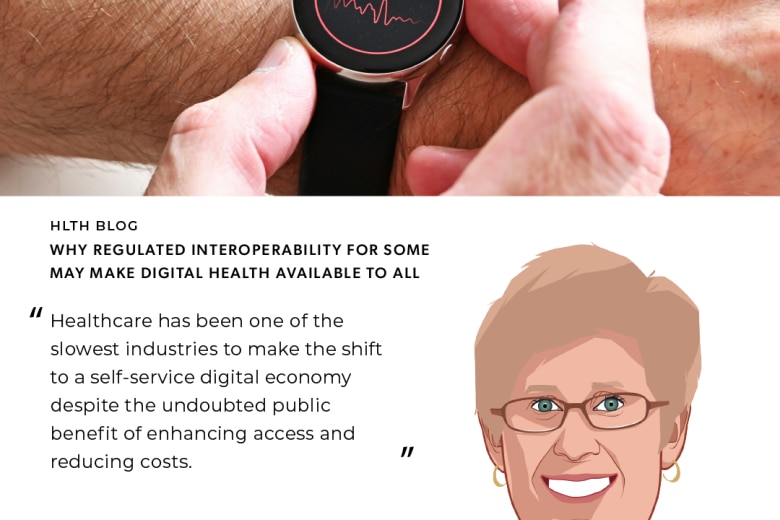It was a fitting metaphor: A group of healthcare providers, health IT vendors, interoperability experts, and our KLAS hosts were on a tram ride up and down the mountain at Snowbird, where we had gathered for the second KLAS Cornerstone Summit on interoperability measurement.
Was I the only one who saw the link between the cable car and EHR interoperability – a bidirectional, point-to-point connection? Thankfully, the journey was smooth and without incident, unlike that of a recent group of cable car riders on Mont Blanc, and unlike the information exchange frustrations of many U.S. healthcare providers.

A couple of years ago, KLAS began research into health information exchange among U.S. EHR vendors, with a focus on sharing records between physicians and hospitals for use in treating individual patients. That led to a working conference focused on how to improve interoperability, and another round of research, this time asking clinicians about information availability. The recent gathering at Snowbird to review those research results added health information exchange providers like InterSystems to the conversation.
KLAS just published its findings, using a baseball metaphor – not my tram ride – to rate the availability and value of information shared among providers using the same, or a different, EHR vendor. The highest possible rating was a home run, meaning information was available often, or nearly always, within the workflow, was easily located, and provided benefit to the care of individual patients.
The study is a sound piece of work, and the findings should be of interest to many. It is a very good starting point, but we need to go much further. Specifically, we need to:
Expand the roster.
Transitions in care between physicians, and from hospital to physician, are important events in caring for patients. But the health and social care team for the average patient with one or more chronic conditions includes a host of other provider types, many of whom have no access to an EHR. Not only must relevant, timely health information be available to physicians, but to social workers, home care nurses, housing and transportation providers, family members, and patients themselves.
Recognize that a home run isn’t synonymous with winning the game.
We are all getting better at moving health records between systems. But many of the research findings pointed to business barriers that make providers reluctant to share, and to regulatory and infrastructure hurdles yet to be overcome. A recurring theme of the conversation was the limited usability of document-based information sharing that buries what matters in a mound of irrelevant detail. And connecting individual providers and systems together one at a time can be a never-ending and thankless job, with inevitable gaps in the resulting consolidated record.
Take note that the rules have changed.
Information sharing isn’t just about caring for individual patients. It’s about assembling a comprehensive view of a dynamic and constantly changing healthcare population. It’s about facilitating collaboration between payers and providers so we can deliver better outcomes, more cost-effectively. And it is about creating learning health systems that leverage the experience of caring for today’s patients, to deliver better results tomorrow.
Thinking about my original image, as we traveled up the mountain, the network of interconnected trails below was clearly visible – our tram took a much more direct route. Similarly, patients will win when we can streamline information sharing and leverage comprehensive health records to deliver great care to individuals and the populations they comprise.





































